The VEAL CHOP nursing mnemonic is a helpful tool to assist you to remember the key concepts related to fetal heart rate monitoring. This article will explain the VEAL CHOP nursing mnemonic and its expanded version of VEAL CHOP MINE.

What is VEAL CHOP Nursing Mnemonic?
VEAL CHOP is a memory aid used to recall the expected fetal heart rate (FHR) changes in response to contractions during labor. It is a mnemonic device to remember the four types of FHR patterns and their corresponding interventions. The mnemonic is created by using the first letter of each pattern to form the acronym “VEAL CHOP.”
| FHR Pattern (VEAL) | Cause (CHOP) | Management (MINE) |
|---|---|---|
| Variable decelerations | Cord compression | Maternal repositioning |
| Early decelerations | Head compression | Identify labor progress |
| Accelerations | Okay! | No interventions needed |
| Late decelerations | Placental insufficiency | Execute interventions |
What is Fetal Heart Rate Monitoring?
Fetal heart rate monitoring is a process of monitoring the fetal heart rate during labor and delivery to assess the fetus’s well-being. It involves using an electronic fetal monitor that records the fetal heart rate and the frequency and duration of uterine contractions. Fetal heart rate monitoring can be done either externally or internally. It helps healthcare providers detect abnormalities in the fetal heart rate, which may indicate fetal distress or hypoxia. The VEAL CHOP nursing mnemonic is a helpful way to interpret fetal heart rate tracings, which are recorded during monitoring
How is VEAL CHOP Nursing Mnemonic Used?
The first step in using the VEAL CHOP nursing mnemonic is identifying the FHR pattern during labor. Then translate it by using the corresponding letter from the mnemonic. A complete version of this nursing mnemonic includes “MINE” to help recall the appropriate interventions.
See also: Nursing Mnemonics and Tips
VEAL CHOP MINE Components
In the next section, we’ll analyze every VEAL CHOP MINE nursing mnemonic component. This includes explaining the meaning of each letter in the acronym and reviewing clinical conditions that can affect fetal heart rate tracings.
Variable decelerations
The V in VEAL CHOP nursing mnemonic stands for variable decelerations, which refers to the sudden, visually apparent decreases in fetal heart rate during labor that lasts for at least 15 seconds but less than 2 minutes. They are caused by transient compression of the umbilical cord, leading to reduced blood flow and oxygen supply to the fetus. Variable decelerations are the most common fetal heart rate abnormality that occurs during labor and is often benign, but recurrent decelerations can be concerning and may require intervention.
Early decelerations
The E in the mnemonic refers to early decelerations, which are gradual and temporary drops in the fetal heart rate that occur during a uterine contraction. These decelerations are typically not harmful and do not require any intervention, as they are a normal response to changes in blood flow during contractions. Continuous fetal heart rate monitoring is crucial to detect any abnormal changes during labor.
Accelerations
Accelerations refer to temporary increases in fetal heart rate during labor that typically indicates fetal well-being.
Late decelerations
The L in VEAL CHOP nursing mnemonic means late decelerations, which are a type of fetal heart rate deceleration that can indicate reduced blood flow to the placenta and potential fetal acidemia. They are characterized by a gradual decrease in the fetal heart rate following a uterine contraction, with the onset, nadir, and recovery of the deceleration coinciding with the onset, peak, and end of the contraction.
Cord compression
C stands for cord compression, the cause of variable decelerations. Variable decelerations are caused by transient compression of the umbilical cord or chemoreceptor response to hypoxia. During a contraction, the umbilical vein undergoes compression, resulting in decreased fetal blood return and acceleration and a “shoulder” appearance on the tracing.
Head compression
H stands for head compression, which is the cause of early deceleration. Studies suggest that a non-hypoxic reflex may cause early decelerations due to increased intracranial pressure or head compression.
Okay
O stands for “okay!” in the VEAL CHOP nursing mnemonic. Accelerations are typically caused by fetal movement, scalp stimulation, contractions, or acoustic stimulation and are a common and reassuring pattern on the fetal monitor.
Placental insufficiency
P stands for placental insufficiency, which can cause late decelerations on the fetal heart rate monitor. This may be due to inadequate uterine perfusion, excessive uterine activity, maternal hypotension, and fetal hypoxia. Late decelerations can also be caused by abruptio placenta, which is the early separation of the placenta from the uterus.
Maternal repositioning
M stands for maternal repositioning, as this is the initial management of recurrent variable deceleration to relieve potential cord compression. Additional interventions, including amnioinfusion, should be directed by the etiology of variable decelerations.
Identify labor progress
I stands for identifying labor progress as early decelerations are common and are benign findings. Careful monitoring is still necessary for women with a high-risk pregnancies.
No interventions
The N stands for no action or no intervention necessary, as accelerations are normal.
Execute interventions
Lastly, the E in VEAL CHOP MINE nursing mnemonic stands for execute interventions to and start management for placental insufficiency: These interventions may include:
- Maternal repositioning to the left lateral position, right lateral, or knee-chest position, relieves vena cava compression by the gravid uterus.
- Intravenous hydration to correct hypotension caused by epidural anesthesia or alpha-adrenergic agonists.
- Administering supplemental oxygen to improve fetal oxygenation and decrease decelerations.
- Discontinuing uterotonics increases uteroplacental blood flow and decreases the frequency of uterine contractions.
- Expeditious operative vaginal delivery or cesarean delivery if intrauterine resuscitative measures fail to improve fetal heart tracings and there are persistent late decelerations with loss of variability.
References and Sources
- Choe J, Shanks AL, Mahdy H. Early Decelerations. [Updated 2022 Aug 29]. In: StatPearls [Internet]. Treasure Island (FL): StatPearls Publishing; 2022 Jan-. Available from:
- COUGHLIN, L., & HUNTZINGER, A. (2005). ACOG recommendations for fetal heart rate monitoring. American Family Physician, 72(3), 527-527.
- Pillarisetty LS, Bragg BN. Late Decelerations. [Updated 2022 May 8]. In: StatPearls [Internet]. Treasure Island (FL): StatPearls Publishing; 2022 Jan-. Available from:
- Sung S, Abramovitz A. Variable Decelerations. [Updated 2022 Sep 18]. In: StatPearls [Internet]. Treasure Island (FL): StatPearls Publishing; 2022 Jan-. Available from:









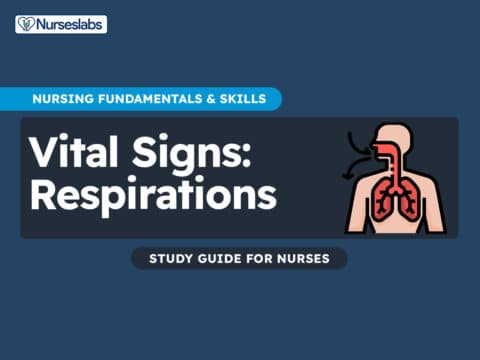
















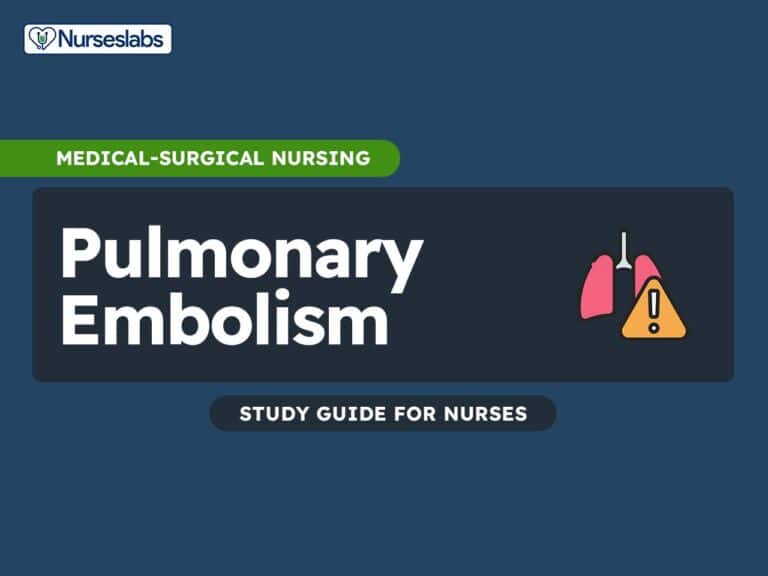
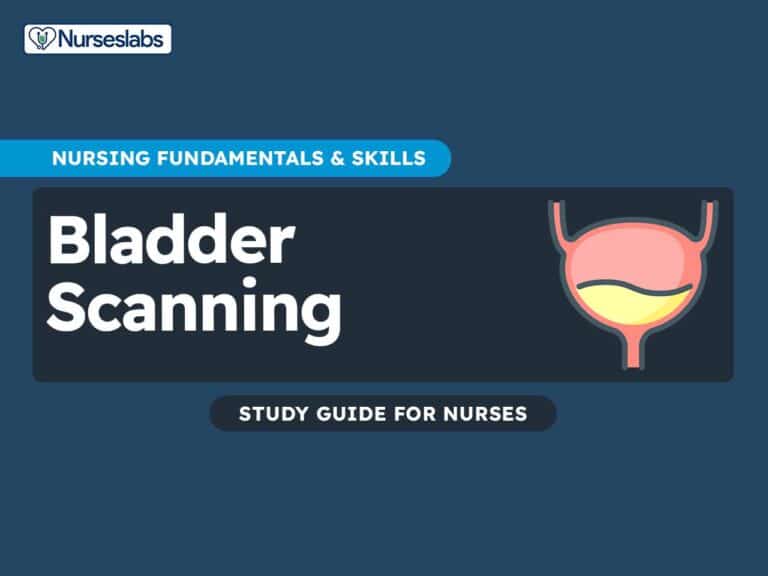

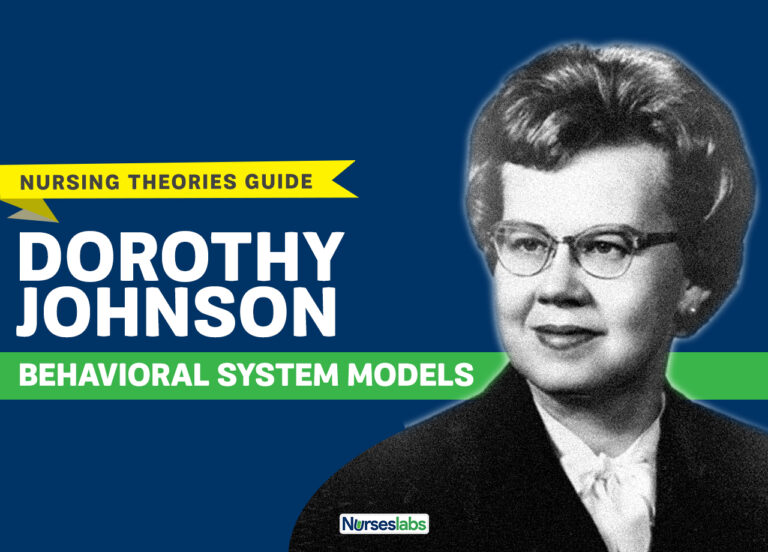



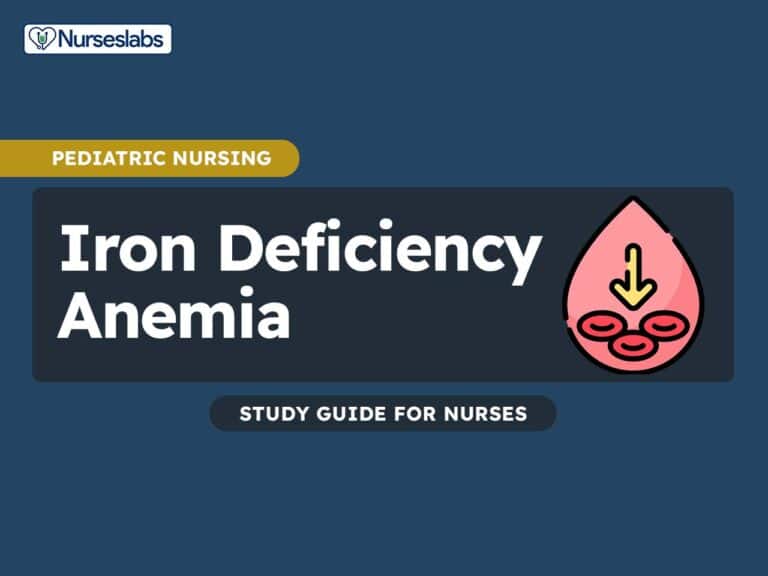



Leave a Comment